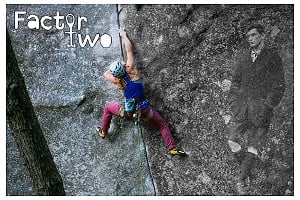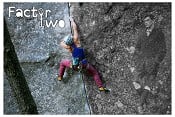In reply to smuffy:
Do you have to generate the CAM files or will the machine owner be converting them for you? To be honest I can't see the point in doing this unless you want to tweak the profiles to make them your own. It'll be a chunk of work sharpening an profiling these once they're cut and you'll be working tough heat treated steel which won't be cheap or easy to work and to what end, to make some picks for training on soft materials? Can't you just use your normal mixed terrain picks?
If you do still want to do it it's easy to make drawings. Download Draftsight (free and easy to use), scan your picks on a flatbed scanner, import the scan, draw around the outline, scale the drawing if needed to match a measurement off the pick. The hardest bit for most people would be sourcing small quantities of good flat spring steel in the right gauge and temper to make a passable pick (the flatter sections of leaf spring from a light commercial maybe?).
I don't see the liability issue to be honest if someone is just supplying a drawing, it's up to you what you do with it, you could have it cut from birthday cake for all they know or care.
jk
Post edited at 10:01









